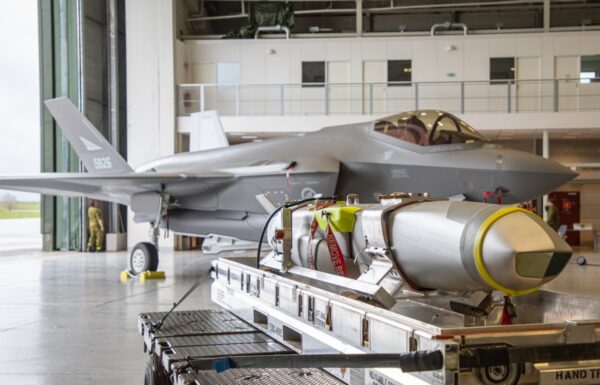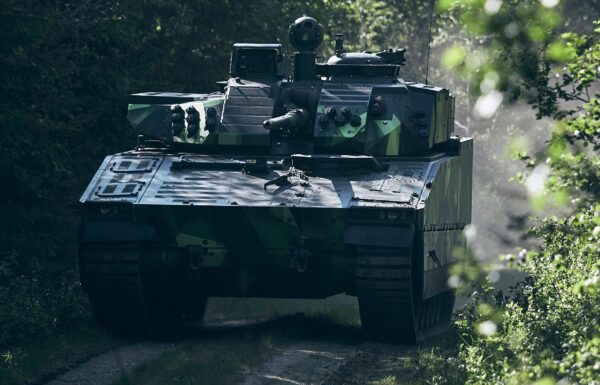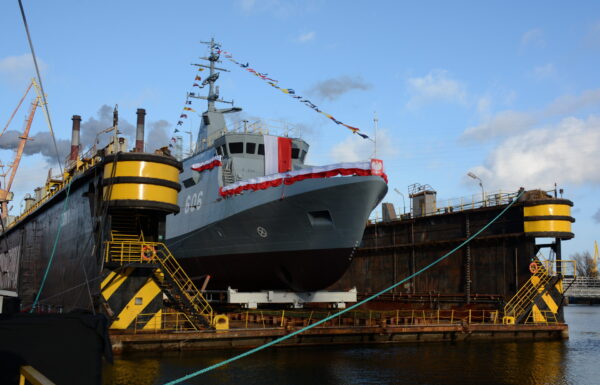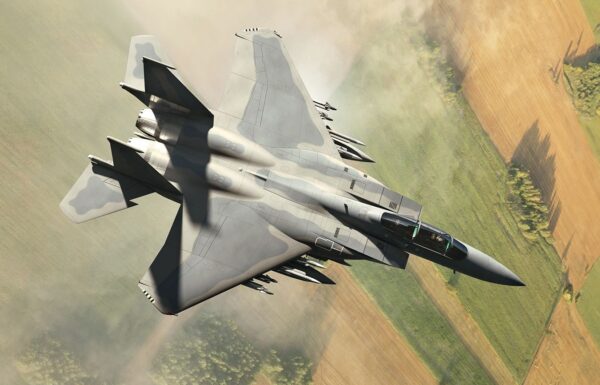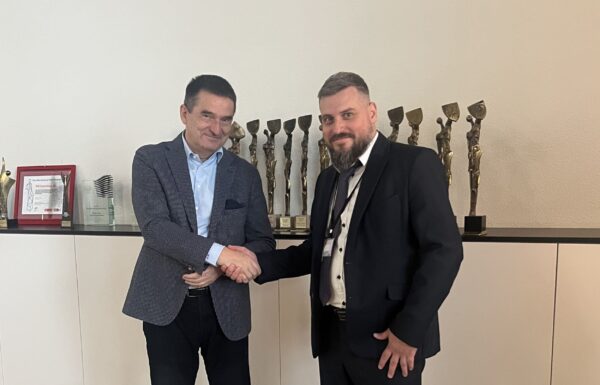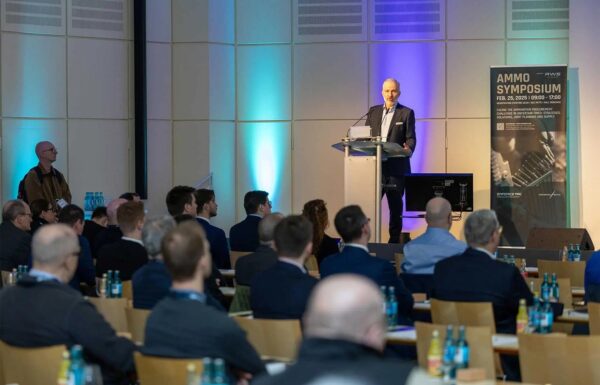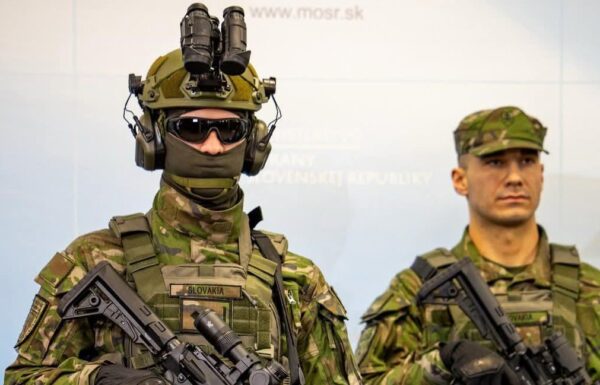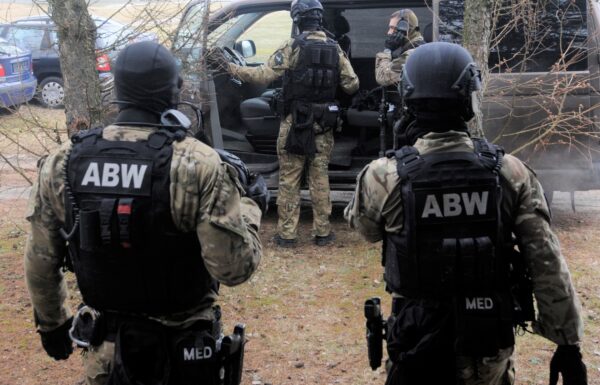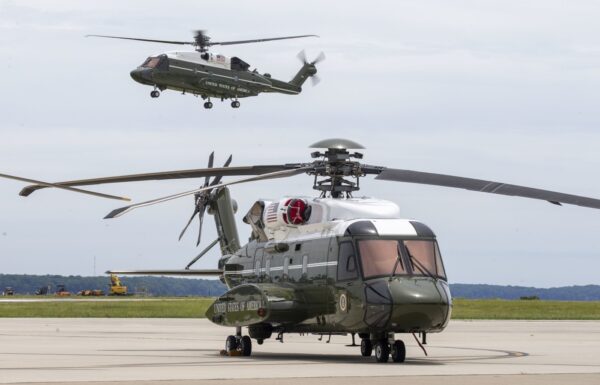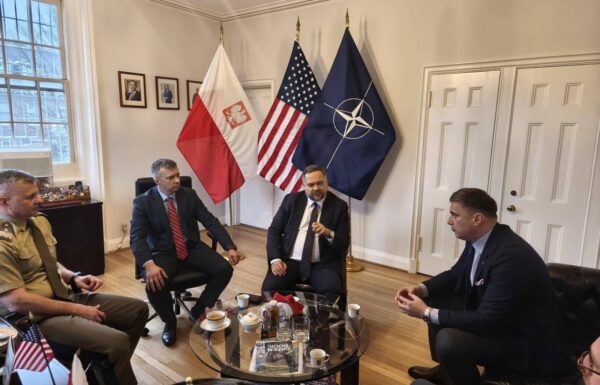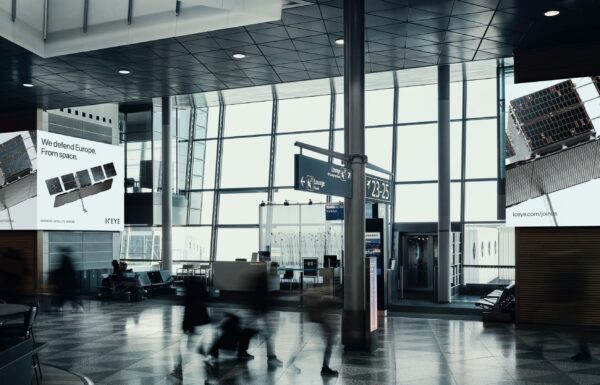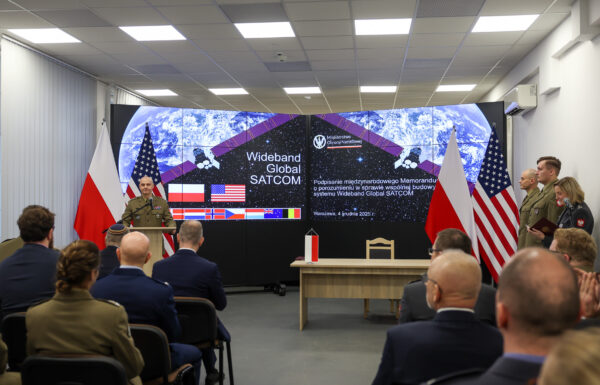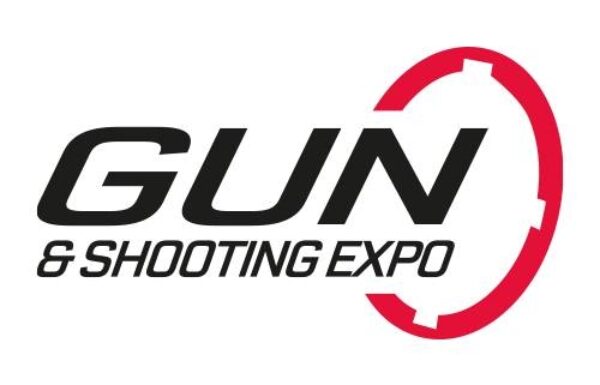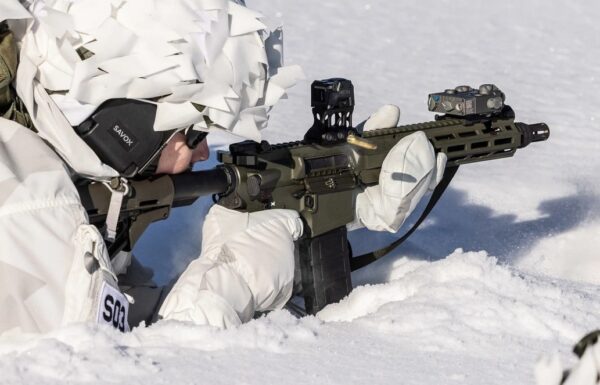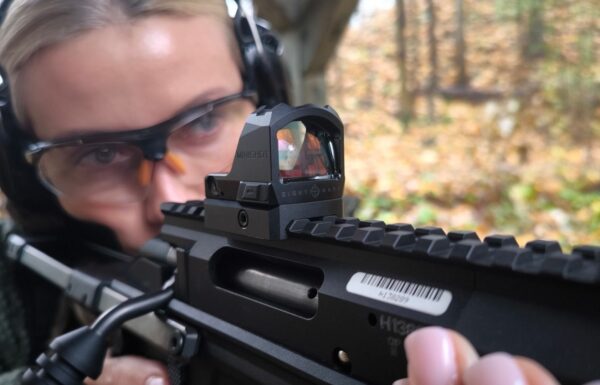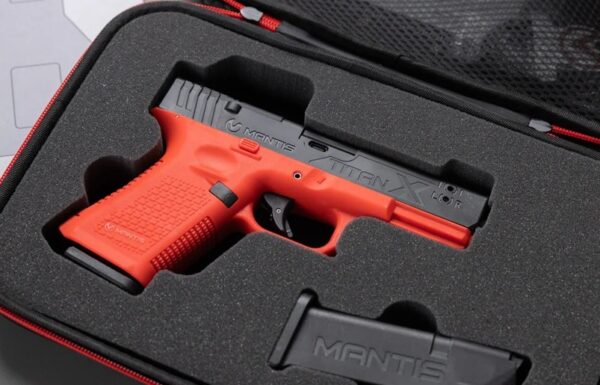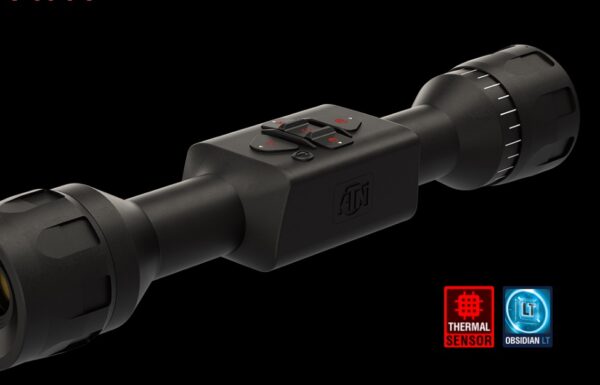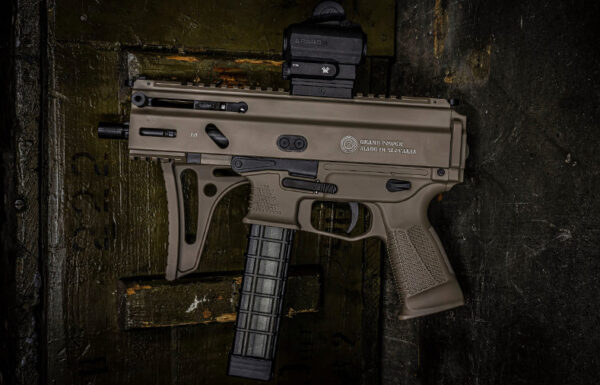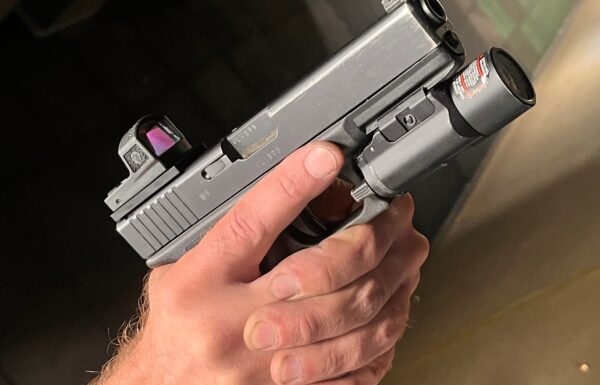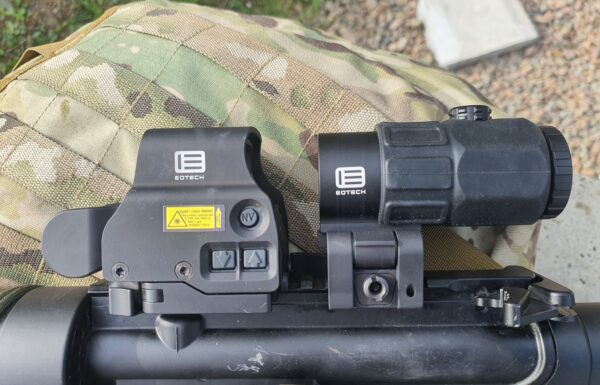The deployment of thousands of these systems marks a transformative shift in how ground forces operate, allowing integrated teams from multiple ground corps and the Airforce to act with unprecedented effectiveness and synchronization, says Tomer Malchi, Company founder and CEO of Asio Technologies.
Over the past years, the IDF has demonstrated substantial ground dominance on both its northern and southern fronts. While Israeli air superiority is well established, the speed, precision, and effectiveness of its ground maneuvering forces represent a real revolution in modern warfare.
This shift is mainly due to the IDF’s creation of integrated combat teams — composed of regular and reserve forces — that operate seamlessly across land, underground, and air domains. Traditional doctrines often fall short when confronting decentralized, agile adversaries using asymmetric tactics. These realities have underscored the operational necessity for enhanced ground capabilities that integrate real-time intelligence, precision engagement, and rapid decision-making. The enabler of this unprecedented coordination is a technological breakthrough spearheaded by Asio Technologies, a rapidly growing defense company based in Israel.
Asio’s tactical systems combine advanced software and electro-optics to deliver an interactive, real-time battlefield picture. These tools allow commanders to plan, and execute missions with unmatched clarity and coordination. By fusing data from sensors, drones, and intelligence feeds, Asio creates a unified digital battlespace, giving field commanders real-time control that resembles futuristic simulation environments.
One name is familiar to every IDF officer and soldier: Orion — Asio’s flagship handheld system, often called the pocketknife of the battlefield. The Orion is a digital toolkit designed to meet the specific needs of the tactical commander. Adopted by infantry battalions and combat brigades across regular and reserve units, Orion places a 3D operational picture in the palm of a commander’s hand. It integrates layered maps, terrain modeling, mission data, navigation tools, positional tracking, and real-time intelligence — all in one device. Built on open architecture, it securely connects with both Asios and third-party systems, enabling interoperability across units.
Thousands of Orion devices are now deployed across most IDF combat units, says Tomer Malchi, Company founder and CEO of Asio Technologies. They address one of the key challenges of combat: the lack of continuous, reliable communication in hostile environments. Orion is designed to serve soldiers in real, harsh operational conditions — even in areas with no network connectivity. Its ability to operate both online and offline makes it a vital mobile command post for front-line leaders. It is truly a force multiplier and represents a fundamental shift in modern ground combat.
Our greatest reward is the feedback we receive from officers and soldiers returning from the field, he added. Many credit our systems with helping them complete their missions and return safely. Our goal is to empower warfighters to perform at their best while staying safe.
While Orion gets much attention, it is only part of Asio’s offering. Another standout solution is Lynx— a wearable tactical augmentation system that merges day/night optics, machine vision, and artificial intelligence. Lynx overlays map-based intelligence directly onto the operator’s view, enhancing awareness and target identification. Together, Orion and Lynx form an integrated tactical suite that reduces the cognitive burden on operators, compresses the sensor-to-shooter cycle, and provides unparalleled situational awareness. We developed a unified and secure operational platform that integrates all tactical tools into one battlefield-ready ecosystem, concludes Malchi. It’s not just about winning today’s battles, but about shaping tomorrow’s battlefield, he added.
Such digital battlefield solutions should certainly be considered in the strategic planning and modernization efforts of European armed forces. Drawing lessons from current conflict zones and adopting advanced, combat-proven tools like Orion can ensure better preparation and a stronger tactical advantage for tomorrow’s challenges.
Press release


